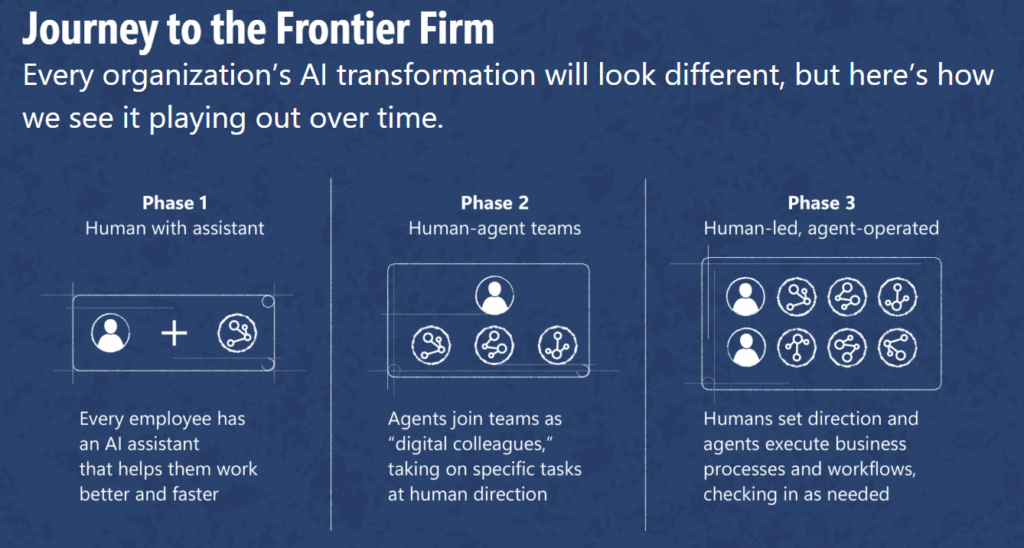A top Google executive just confirmed what many have feared, and that is Artificial General Intelligence (AGI) is closer than we think.
Demis Hassabis, CEO of Google DeepMind, told 60 Minutes that AI could reach human-level intelligence in just 5 to 10 years. That means machines could think, reason, and understand the world like humans by 2035.
“We’ll have a system that really understands everything around you in very nuanced and deep ways,” Hassabis said.
The warning
In a separate interview with Time, Hassabis said the world is unprepared for what’s coming.
“Testing new AI features” April 25, 2025
— vitruppo (@vitrupo) April 25, 2025
“AGI is coming… I’m not sure society’s quite ready for that yet.” – Demmis Hassabis, chief executive officer and co-founder of Google DeepMind
He emphasized the urgent need for international cooperation between governments, companies, and labs to ensure AGI is safe and controllable.
DeepMind’s own research flagged AGI as a potential existential threat. A recent paper warned AGI could “permanently destroy humanity” if mishandled.
A powerful promise
Despite the risks, Hassabis says AGI could also revolutionize health. Speaking to The Economic Times, he said AI has the potential to be “the end of disease” within the next decade.
“I think there’s a good chance AI could be the end of disease as we know it,” Hassabis said, citing breakthroughs in protein folding and drug discovery.
AGI is different from today’s AI. It’s not just smarter software; it’s software that can do anything a human can. Think creativity, logic, intuition, at digital speed.
Hassabis’ solution
He’s calling for a CERN-style international AGI research hub and an oversight body like the IAEA to monitor and control development.
The race to AGI is speeding up. And the person leading that race says we’re not ready, but the stakes couldn’t be higher, from ending disease to risking human extinction.
The post AGI by 2035? Google DeepMind CEO Warns “Society’s Not Ready” appeared first on DailyAI.

